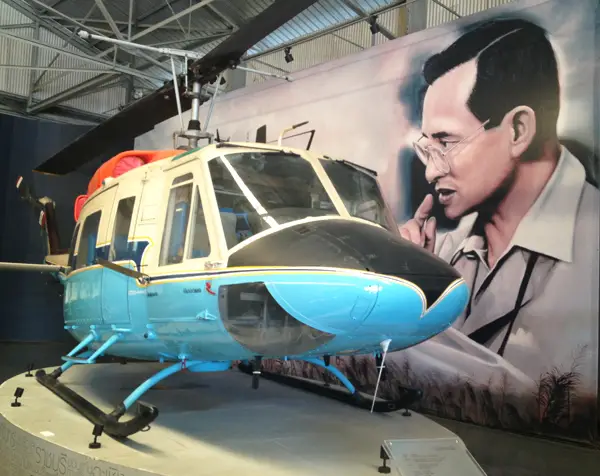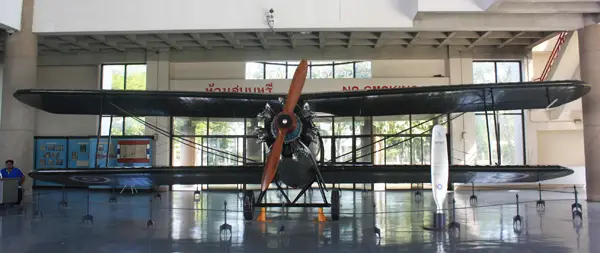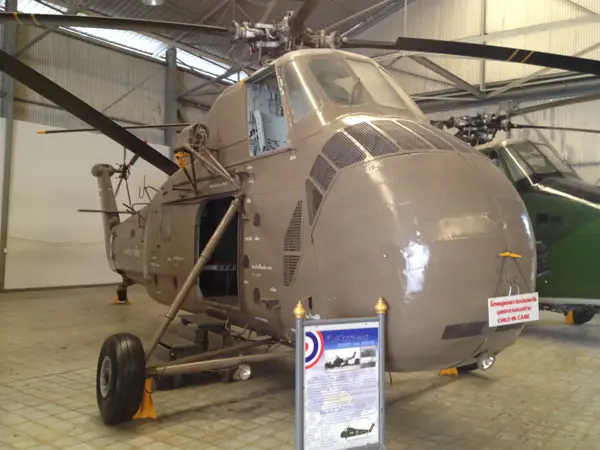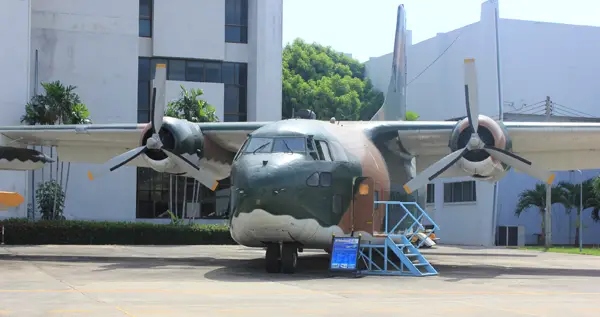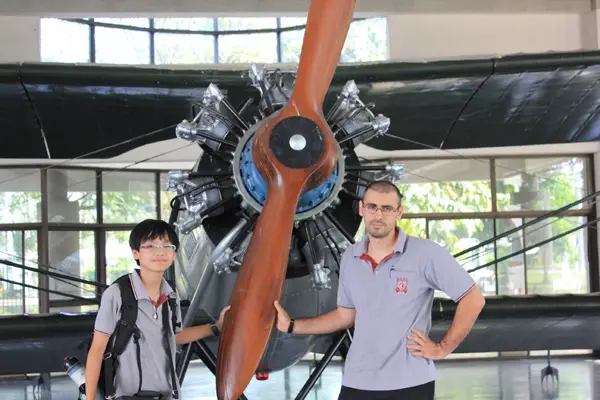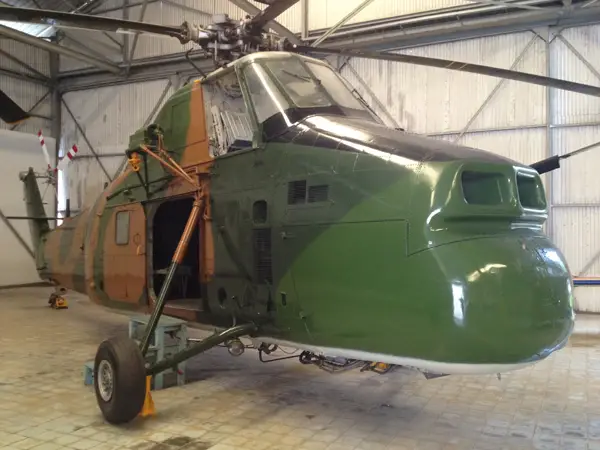Bangkok doesn’t have to be an expensive city to live in. There are hundreds of tasty street restaurants to choose from, numerous parks where you can enjoy relaxing activities, and a score of tourist attractions and venues you can visit absolutely free. There is even a website that lists things to see and do for free in the Thai capital and one of their recommendations is a daytrip to the Royal Thai Air Force Museum.
Founded in 1952, the museum was initially just a collection of decommissioned aircraft and outdated equipment. They were housed in a hangar west of Don Muang airfield but the place was not open to the public. The construction of the present museum started in 1968 with an investment of almost 7 million baht and was ready for its grand opening in early 1969. Ever since, it has served as an excellent venue for displaying quite a few types of aircraft not found anywhere else in the world, most of which saw action during the two world wars and in the subsequent anti-communist campaigns in Southeast and East Asia.
The museum is comprised of five buildings (basically huge hangars) and outdoor displays. The exhibits are divided thematically, starting from displays about the history of Thai aviation, aircraft flown by the Royal Thai Air Force after WW2, aircraft designed and built in Thailand, aircraft rarely found in any other museums in the world, aircraft used in conflicts in Southeast Asia, helicopters, propeller fighters, and jets. There’s also a collection of training equipment for pilots, rifles, machine guns, insignia and other paraphernalia. For this, a large outdoor exhibition gives you the chance of a close up encounter with jet fighters, transport aircraft, training planes and radars, as well as various aircraft parts that could no longer be assembled for display purposes.
Most of the aircraft displayed in the five hangars are in good condition while the ones outside, having been exposed to the forces of nature, are a bit worse for wear. Still, with the exception of the junkyard at the far end of the museum, all the displays are well worth a careful look. Actually, you are allowed to climb into any aircraft and helicopters that have their doors open and are not bordered by do-no-cross rope. You can easily get in the cargo area of a huge Fairchild C-123B Provider and, from there, climb in the pilot’s seat. The same is true with the H-19 Chickasaw and H-34 Choctaw, two huge Sikorsky helicopters which make great photo opportunities and are a delight to children.
There are over fifty aircraft in the indoor and outdoor exhibitions but some of the most interesting ones are the Boripatra, the pride of all Thai people, designed and built in Thailand using a British engine, and the Bell UH-1N Twin Huey helicopter, which was used for royal flights by the King of Thailand. Two other displayed planes that deserve a mention are the world’s first F5s, the F5-A and F5-B Freedom Fighters.
The Royal Thai Air Force Museum is open every day except public holidays from 8am to 4pm. Large groups are required to call at least one week in advance at 025 341 853 and apply for permission to visit the museum. They will arrange for a bilingual tour guide to show the group around and will also set up fun activities for school children. You can easily spend a few good hours there and the canteen comes in handy. They serve inexpensive Thai food and cold and hot beverages. Also, on your way out, you can stop by their souvenir shop where you can buy model planes, T-shirts, caps, stickers and insignia but, unfortunately, no books or even brochures are available.
The museum is located on Phahon Yothin Road behind Don Muang Airport, and can be reached by non-air conditioned bus (no. 34, 39, 114, 356) or air conditioned ones (no. 3, 21, 22, 25, 34, 39, 114, 356), though we suggest taking a taxi as they are cheap and readily available.
If you want to find out more about the history of Thai aviation I recommend the museum’s excellent bilingual (Thai-English) website.
Initially published in “Bangkok Trader” (Vol.7, No.4, March 2013)
